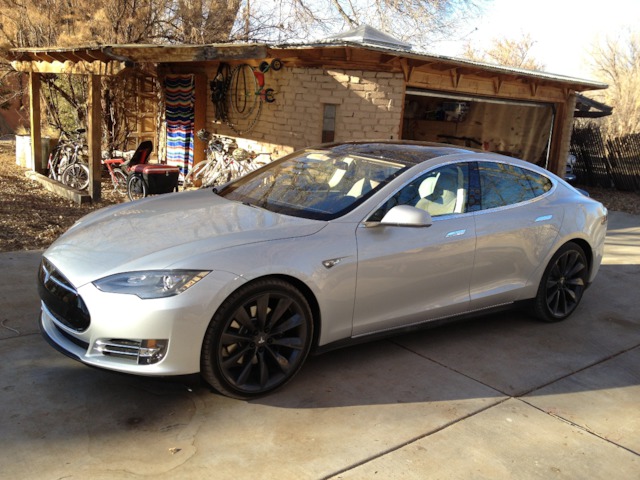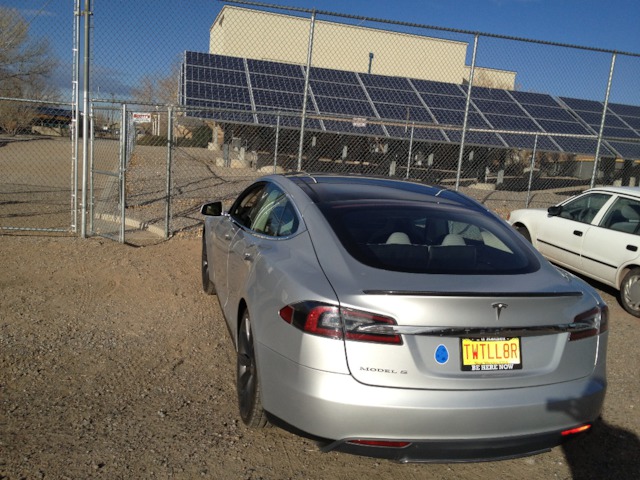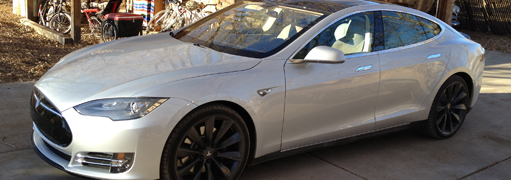Tesla Model S Vs. Status Quo: Luxury Green Machines And The Trickle-Down Effect
Luxury Green Machines And The Trickle-Down Effect


Andrew Stone

Latest Article|September 3, 2020|Free
::Making Grown Men Cry Since 1992


Andrew Stone

